Not everyone is as lucky as I am; my father introduced me to hunting and the outdoors at an early age. He made sure my sister and I took the requisite hunter’s safety courses, then continued to show us the ropes over the years while chasing Valley Quail with the Springers, following ducks and geese through the fields, and sitting under old apple trees awaiting blacktail deer.
We all have friends and colleagues who’ve shown an interest in duck hunting but weren’t as fortunate to have the opportunities to test their interests at an early age. Being a mentor to these new adult hunters, sometimes jokingly called adult-onset hunters, is just as important as being a mentor for the next generation.
When the first crisp bite of fall arrives, everyone begins anticipating cupped wings over the spread of the cold north wind. It may not seem like much, but inviting people out to break clays on the “back 40” or at the local range is an ideal way to get people into waterfowl hunting. I’ve spent many an afternoon with friends and my dad taking turns throwing clays and taking new shooters out to the local clays course.
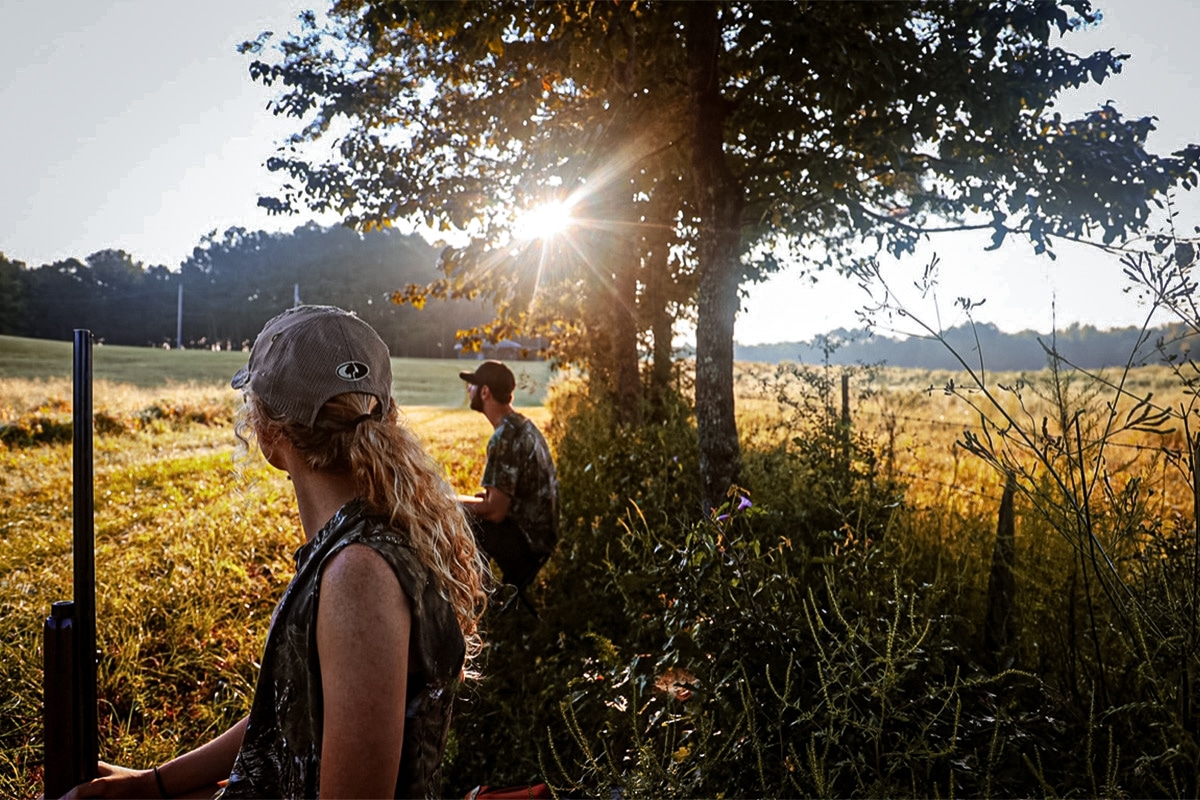
Get New Hunters on the Range First, Then Dove and Teal
Giving newbies a chance to get more comfortable with shooting and handling a firearm is the ultimate goal of an afternoon of shooting clays. Safety is paramount whenever firearms are involved. Remember, on a hunt, nerves can take over when it is 30 degrees and the wind is blowing 20 mph out of the north. The more time new hunters spend in the offseason at the range with a good friend to act as their range officer and safety coach, the more ingrained the safe handling of a firearm becomes.
The early season dove and teal action starts with a bang through September and October. Though humbling, the dipping and diving action is a perfect introduction to wingshooting. We’ve all had days where we’ve left work an hour or two early for the final dove flight of the day on a friend’s family farm. It’s low-pressure and even if there aren’t many flights, be sure you have plenty of ammunition!
“Teal season is a great time to introduce somebody new to waterfowling,” said Tony Vandemore of Habitat Flats. He has introduced many a waterfowler to the sport over the years. “The weather is nice, and the action is usually quick — you don’t have to wait very long. Make it a successful experience with or without birds. Let them splash around in the water, helping set decoys; try to involve them in every aspect of the hunt.”
You Have to Learn How to Be a Mentor
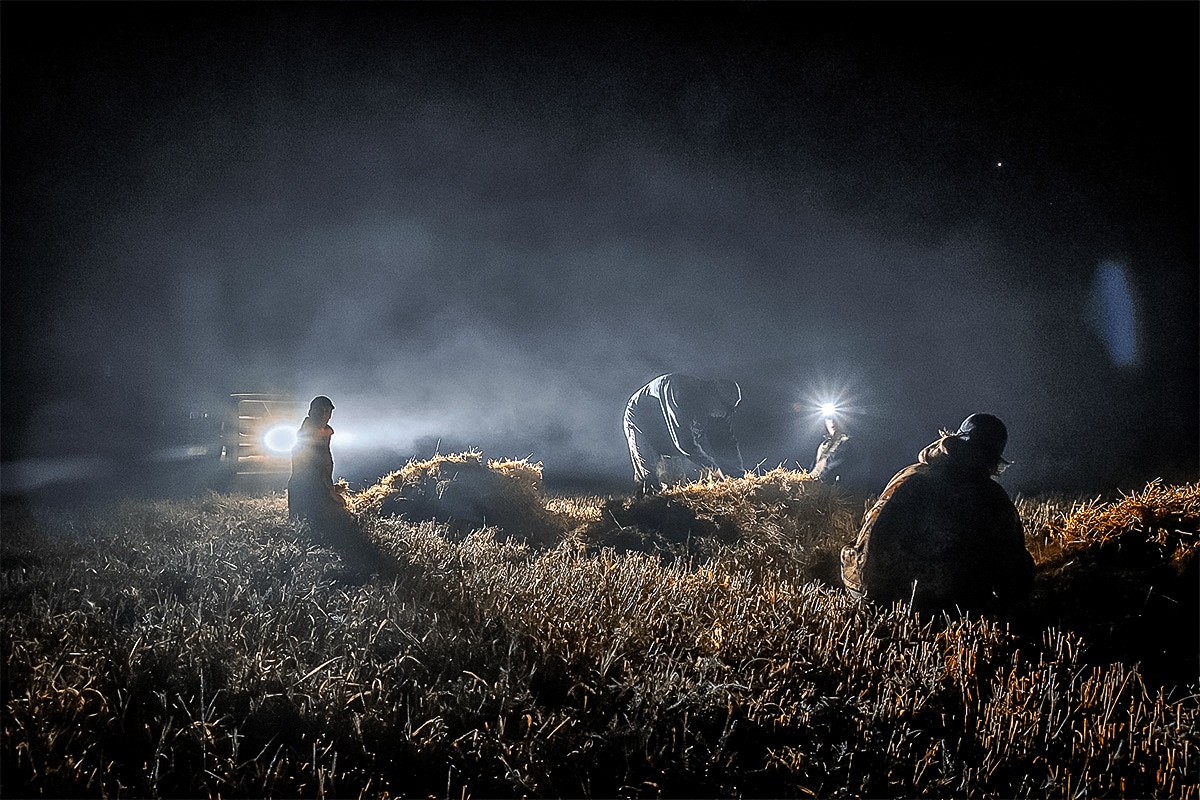
New hunters are often eager just to be outside with someone as passionate about hunting as they are but be extra careful not to take advantage of a new hunter; at the same time, be sure they know when it’s time to brush the blinds. You’re getting some free labor, but you’re also helping them get acquainted with the area before they walk in at Zero Dark Thirty.
You want them to get familiar with the rhythm and the work that goes into hunting and preparing for a hunt without any real pressure while also answering questions and telling tall tales.
“I was one of those teenagers who took an interest in hunting but didn’t come from a family of hunters, so I know how important it is to have mentors,” said Ryan Graves. He is not only a lifelong hunter but also a historian, collector, and consultant on all things waterfowl and vintage waterfowling artifacts.
“I feel the best way to mentor is by getting them involved in more than just the hunt. Take them to brush blinds and help out with whatever needs [to be] done so that they begin to create an understanding of what all it takes to be successful,” he said. “Even with kids. Give them something to do instead of just going and sitting. Have them help untangle decoys, set decoys, or just something to get them involved.”
You Benefit From Teaching New Hunters, Too
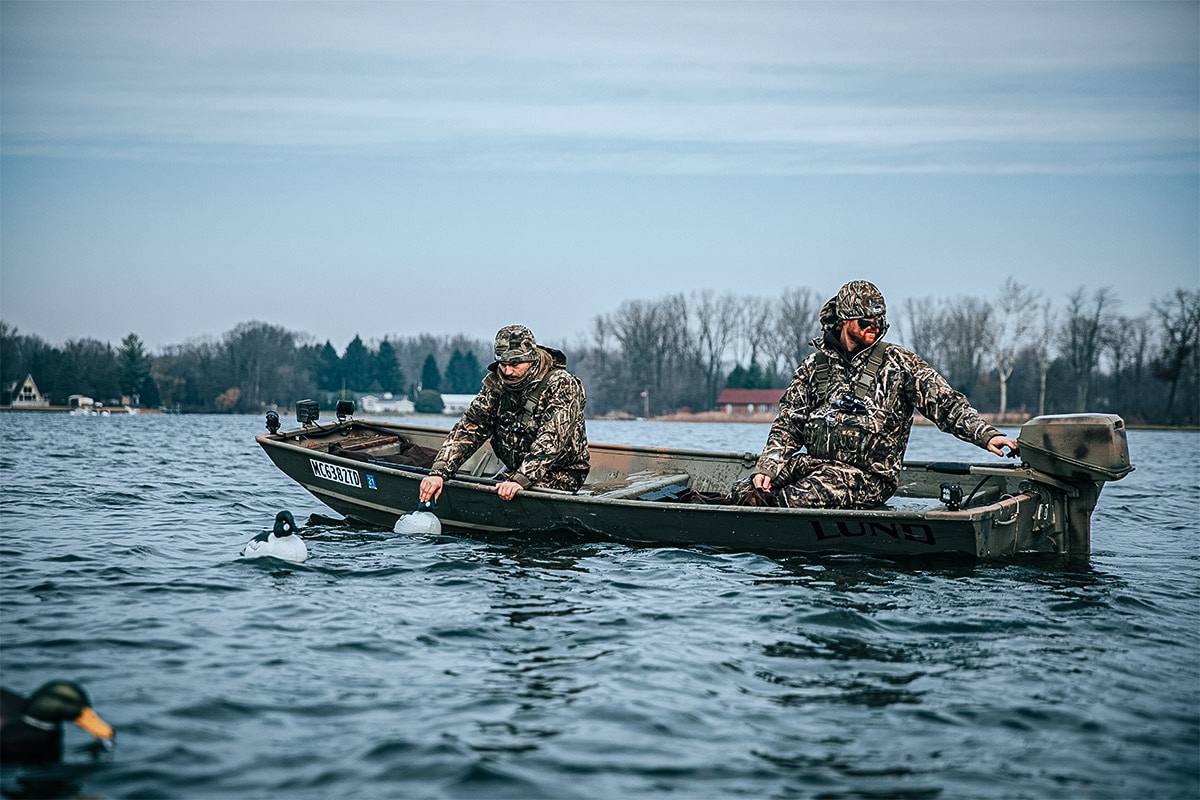
For those of us who have been hunting for decades, it’s hard to think of some of the basics until we look through a new hunter’s eyes. Sharing knowledge and experiences can help them avoid pitfalls, as well as help increase the odds of them sticking with the sport. After the hunt, help them understand how much time and attention you give to being prepared to go afield. Toss in some advice on the safe and proper handling of waterfowl, cleaning, and some cooking tips, too.
I’ve had some great memories from the past few years with new hunters and their first experiences with mallards circling above, teasing and eventually making that final turn over the decoys; or thawing out over a bowl of soup and a glass of bourbon at the local spot after a hunt as we recount the morning’s canvasbacks on the bay through the snowfall.
Try to provide helpful advice to new hunters when they ask for it; be a sounding board for them on the sharing of their new experiences. Above all, make sure they have fun, admire the resource, and respect other hunters. That’s how to be a mentor to new hunters and keep them in the field after the mentoring is done.
READ NEXT – U.S. Waterfowl Hunters Issued Warnings as Bird Flu Cases Soar



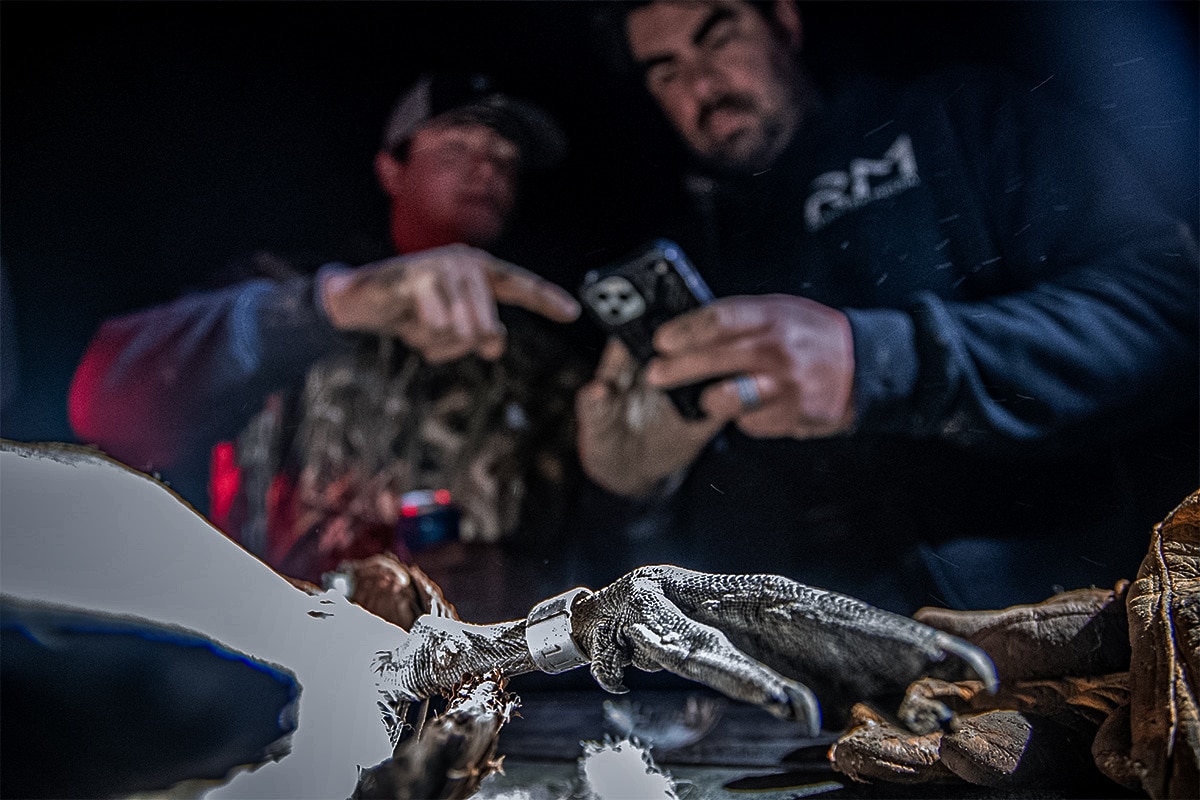
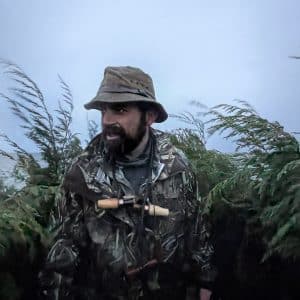
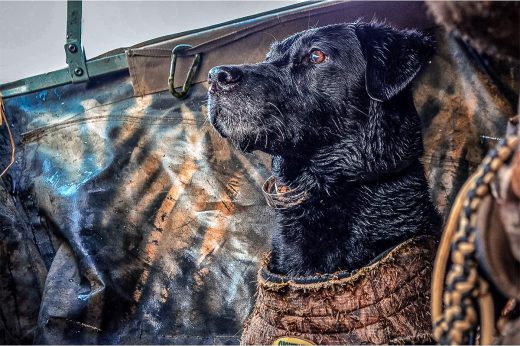
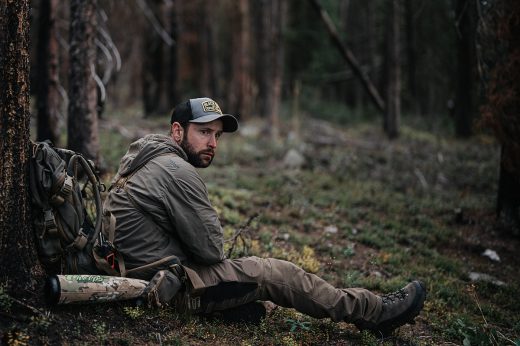
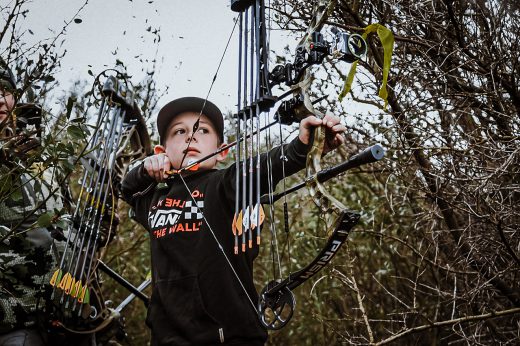


Comments